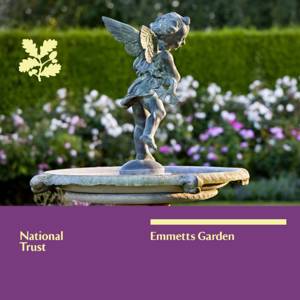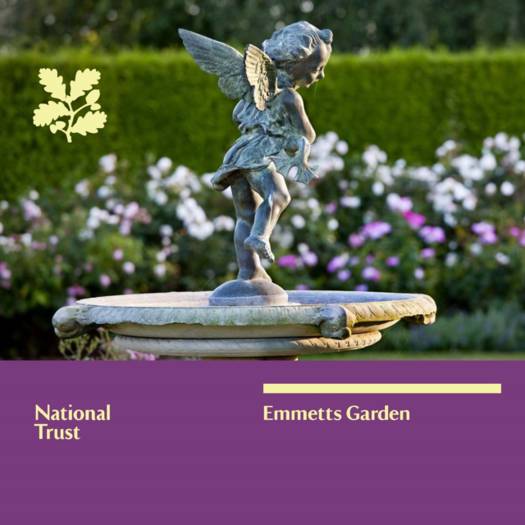
En raison d'une grêve chez bpost, votre commande pourrait être retardée. Vous avez besoin d’un livre rapidement ? Nos magasins vous accueillent à bras ouverts !
- Retrait gratuit dans votre magasin Club
- 7.000.000 titres dans notre catalogue
- Payer en toute sécurité
- Toujours un magasin près de chez vous
En raison de la grêve chez bpost, votre commande pourrait être retardée. Vous avez besoin d’un livre rapidement ? Nos magasins vous accueillent à bras ouverts !
- Retrait gratuit dans votre magasin Club
- 7.000.0000 titres dans notre catalogue
- Payer en toute sécurité
- Toujours un magasin près de chez vous
Description
This charming and informal six-acre garden stands on one of the highest spots in Kent, offering panoramic views over the Weald and towards the North Downs. Influenced by garden designers William Robinson and Gertrude Jekyll, the garden was laid out in the late 19th century and includes many exotic and rare trees and shrubs from across the world. Throughout the latter half of the 19th century, Emmetts evolved from a farmstead to become a desirable Victorian residence, attracting a steady succession of owners. Frederick Lubbock's purchase of the property in 1890 heralded a period of dramatic transformation and expansion of the modest Victorian villa garden. He carefully laid out a series of planting areas to indulge his love of horticulture and provide a peaceful setting for his home and family. Closest to the house, he designed a charming suite of ornamental gardens filled with herbaceous plants, bulbs, roses, and shrubs. To the south, perched above the wooded glades and dells of the greensand hills, he set aside an area to nurture his growing collection of exotic trees and shrubs. Many were sourced from intrepid exhibitions to the Far East, using plant hunters such as Harry James Veitch and Ernest "China" Wilson. On Frederick's death in 1927, Charles Watson Boise, an American geologist, became the new owner of the house and gardens. Charles and his wife respected much of the work carried out by Lubbock but also forged their own unique impression upon the gardens in other ways. Charles Boise bequeathed Emmetts to the National Trust in 1964, thereby ensuring that the character of these treasured gardens could be conserved for future generations. The guidebook includes a bird's-eye map of the garden, a pull-out "spotters guide," a planting plan of the South Garden, and a section about plant explorers.
Spécifications
Parties prenantes
- Auteur(s) :
- Editeur:
Contenu
- Nombre de pages :
- 32
- Langue:
- Anglais
- Collection :
Caractéristiques
- EAN:
- 9781843593980
- Date de parution :
- 01-04-12
- Format:
- Livre broché
- Format numérique:
- Trade paperback (VS)
- Dimensions :
- 208 mm x 208 mm
- Poids :
- 480 g

Les avis
Nous publions uniquement les avis qui respectent les conditions requises. Consultez nos conditions pour les avis.






